Developing Elderberry Market: Potential, Niches, and Growth Prospects
Elderberry, a small purple berry often found in the wild, has seen a surge in popularity over the past two decades, especially in the American market. According to the University of Missouri, the global elderberry market is estimated at around $320 million annually. Despite being a relatively new commercial crop, elderberry has carved out a significant niche in various sectors, from dietary supplements to culinary uses. Meanwhile, professional berry growers in Eastern Europe and Central Asia largely overlook elderberry’s commercial potential. Currently, only a few exploit this niche, successfully exporting mostly wild elderberry to EU countries, often followed by re-export to America, as reported by EastFruit.
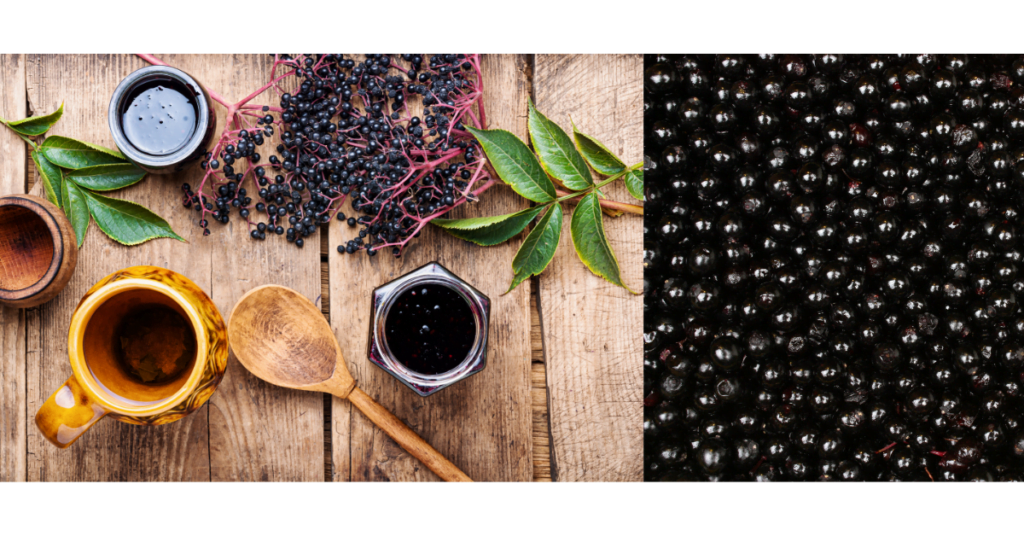 Market Overview
Market Overview
In the United States, the elderberry product market is experiencing significant growth. According to market research, elderberry sales as a food ingredient or supplement reached $113 million in 2019, driven by its use for immune support and treating colds and flu.
European-supplied elderberries, primarily Sambucus nigra, dominate the market. However, American elderberry (Sambucus canadensis) has the potential to capture a market share. In 2017, 790 acres of commercial elderberry production were registered in the U.S.
Missouri leads the U.S. in elderberry cultivation, with approximately 400 acres (161.88 ha) dedicated to this crop. Although this area may seem modest compared to vast corn or soybean farms, it exceeds the acreage of other berries such as blackberries, blueberries, or strawberries in the state. Growing interest in elderberry is reflected in the increasing number of small farms.
Dietary Supplements: The Largest Market Segment
Elderberries are rich in antioxidants, particularly anthocyanins, which give the berries their deep purple colour. These antioxidants are believed to boost the immune system and help minimise cold and flu symptoms, making elderberry a popular ingredient in dietary supplements. This segment remains the most significant market for elderberry in the U.S.
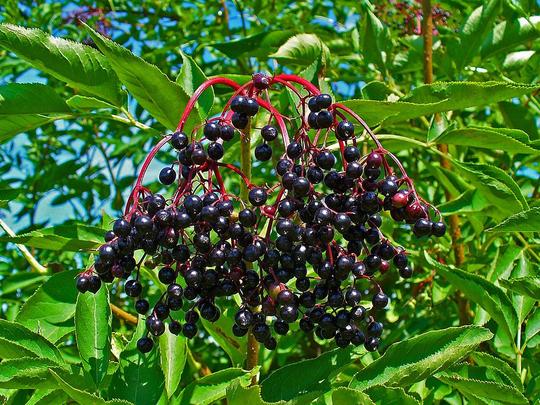
Expansion into Food and Beverage Products
Beyond dietary supplements, elderberries are increasingly used in food and beverage products. They are added to jams, jellies, and even as natural food coloring. The berry’s tart yet sweet flavor makes it a desirable ingredient for flavoring beers and wines. In Europe, elderberries have begun replacing blueberries in products like yogurt, making them a cost-effective alternative.
Global Prospects and Market Growth
The demand for elderberry has noticeably increased since around 2018, mainly due to its health benefits and the growing trend toward veganism and healthy eating. Studies highlighting elderberry’s health benefits have bolstered its reputation as a “superfood.” As a result, its consumption in the U.S. has increased 2.5 times in recent years.
In Europe, countries like Serbia and Austria grow elderberries on an industrial scale. Australia represents a growing market for elderberries, although European imports currently dominate it.
In Italy, elderberries, known as “sambuco,” are deeply embedded in culinary and medicinal traditions. Elderberry flowers are used in various dishes, and the berries are made into syrups for desserts and drinks like lemonade and cocktails. Additionally, elderberry liqueurs and wines are popular, and the berries’ medicinal properties are utilized for treating colds and flu due to their anti-inflammatory and antioxidant effects.
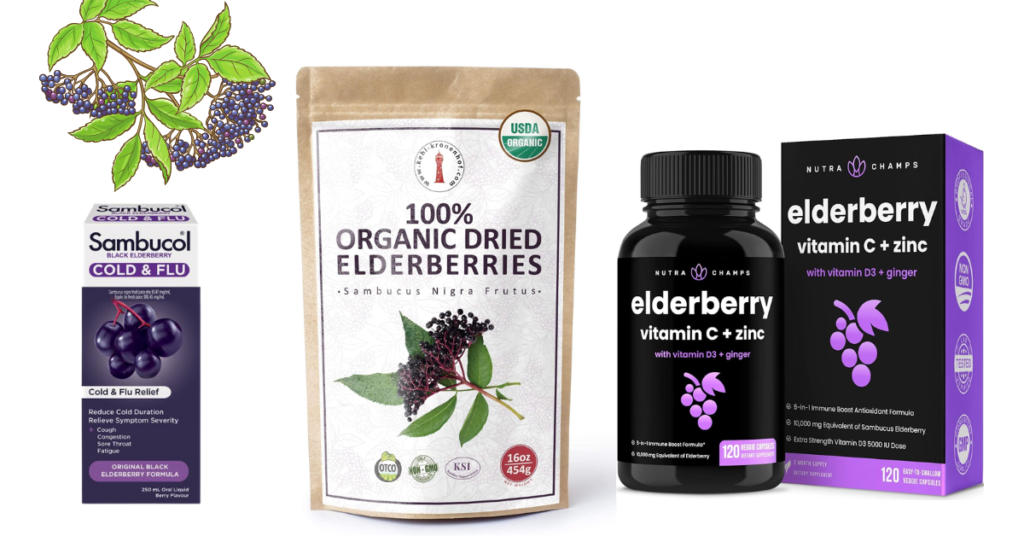
Elderberry in Ukraine
Elderberry is one of the many berries grown in Ukraine, but its market potential remains largely unrealized. Given the global elderberry craze, primarily observed in the American market, the question arises about this crop’s prospects in Ukraine. Ukraine has about 300 companies involved in freezing berries. Potentially, these companies could also work with elderberries. However, the main problem is that elderberry is a complex product to process. To obtain a high-quality product, the berries need to be properly cleaned, laser-treated, and sorted. In Ukraine, only about a dozen companies can perform these steps at a high level.
Domestic consumption of elderberry in Ukraine is very low. Historically, elderberry has not been perceived as edible but rather as an ornamental plant or a folk remedy. This means there is no significant demand for elderberry products in the domestic market.
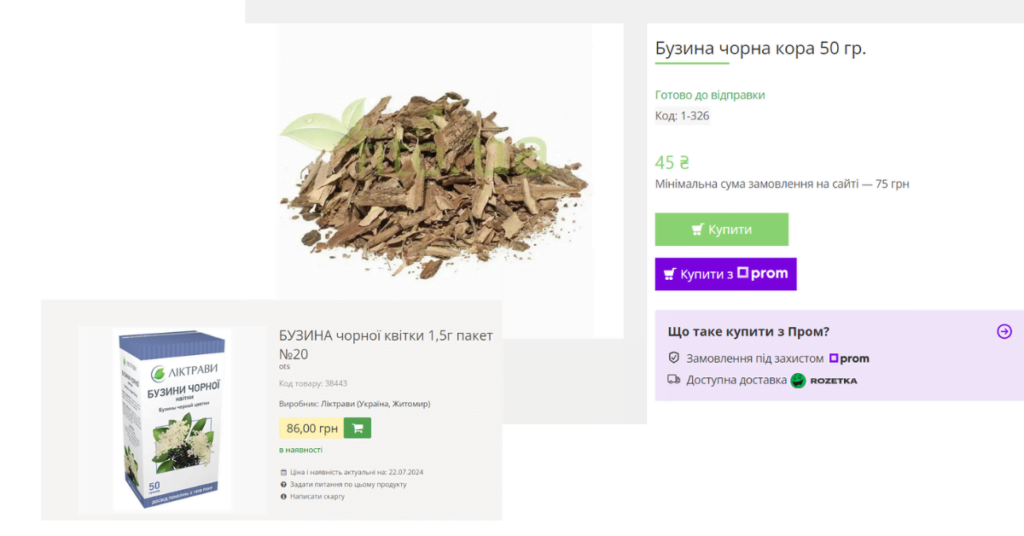 In Ukraine, elderberry mainly grows in the wild. Industrial cultivation of this berry is practically non-existent. This creates additional difficulties for developing the elderberry market in the country, as reliable sources of raw materials are needed for stable supplies. In 2020, Ukraine sold seven and a half thousand tons of elderberry, with buyers being Europe and Japan. The U.S. and China purchased indirectly through European intermediaries, so little that it wasn’t even statistically significant. Elderberry bark and flowers are valuable but underutilized resources in the Ukrainian agricultural sector. As international demand for these products grows, especially in the American market, Ukraine has the opportunity to capitalize on this trend. Already, elderberry is being sold and bought in fresh, dried, and frozen forms on Ukrainian trading platforms.
In Ukraine, elderberry mainly grows in the wild. Industrial cultivation of this berry is practically non-existent. This creates additional difficulties for developing the elderberry market in the country, as reliable sources of raw materials are needed for stable supplies. In 2020, Ukraine sold seven and a half thousand tons of elderberry, with buyers being Europe and Japan. The U.S. and China purchased indirectly through European intermediaries, so little that it wasn’t even statistically significant. Elderberry bark and flowers are valuable but underutilized resources in the Ukrainian agricultural sector. As international demand for these products grows, especially in the American market, Ukraine has the opportunity to capitalize on this trend. Already, elderberry is being sold and bought in fresh, dried, and frozen forms on Ukrainian trading platforms.
 What Are Buyers Interested In?
What Are Buyers Interested In?
Elderberries and flowers are mainly sold as ingredients for food and beverage products and dietary supplements. The berries and flowers can be transformed into various products, including:
- Non-alcoholic beverages: tea, juice, syrups.
- Alcoholic beverages: wine, gin, liqueurs, beer, and cider.
- Food products: jelly, jams, pies, and pastries.
- Dietary supplements: liquid or reconstituted extracts, capsules, gummies, and lozenges.
- Natural food colorants and textile dyes.
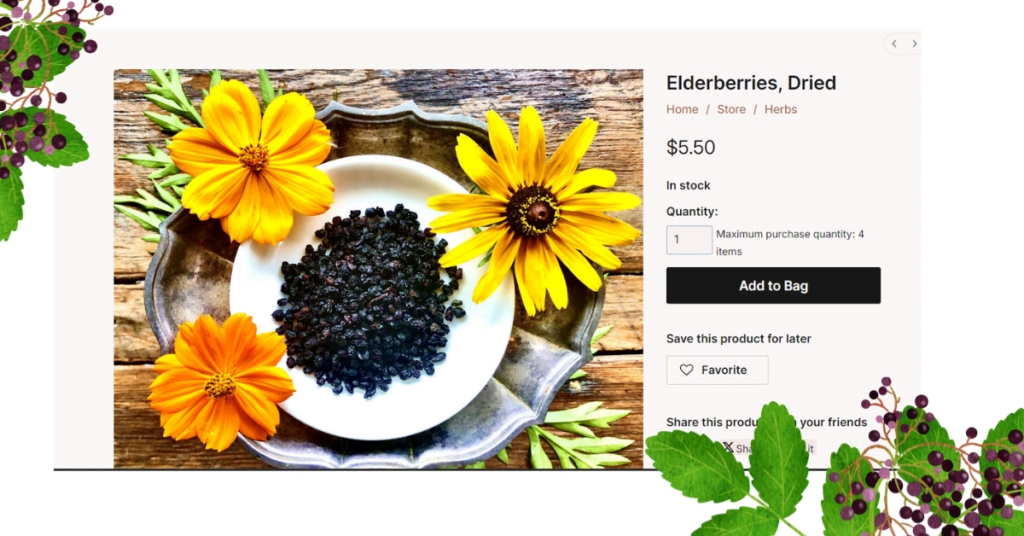 Health Benefits and Nutritional Value
Health Benefits and Nutritional Value
Elderberries are rich in anthocyanins and phenolic compounds with strong antioxidant properties. Numerous studies have shown that elderberry extracts can reduce the duration and severity of flu symptoms, highlighting their potential as a functional food ingredient.
Since ancient times, black elderberry has been considered a sacred shrub capable of healing various ailments and cleansing the body. This belief is supported by modern medicine, confirming the plant’s high content of biologically active substances.
As far back as the 4th century BC, Hippocrates used elderberry as a medicinal plant. In the Middle Ages, it was considered a tree of longevity, endowed with magical properties, believed to house protective spirits. Elderberry is still used as a living hedge protecting homes and gardens from rodents. Elderberry flowers were planted near hives, barns, and granaries to protect against cockroaches and mice due to their phytoncides. Psychics claim that after a week of consuming elderberry in any form, dark and black shades disappear from a person’s aura.
Elderflower syrup is a powerful bioactive substance with anticancer, anti-tumor, and blood-purifying properties. It has a laxative effect, regulates the nervous system, strengthens the immune system, and fights throat diseases. It is used for blood diseases (leukaemia, lymphogranulomatosis) and lymphatic system disorders, mastopathy, uterine fibroids, female inflammations, goitre, and chronic constipation. Also for treating rheumatism, gout, arthritis, osteochondrosis, kidney diseases, and muscle inflammation. Adults and children can take this high-vitamin remedy, which has bactericidal properties, to prevent viral diseases, especially during flu epidemics. Elderflowers can be used with linden flowers for a double blow against colds. These plants also increase body resistance and stimulate sweating.
Elderberry effectively combats swelling and improves metabolism. For this purpose, leaves, roots, and flowers are mixed in equal proportions.
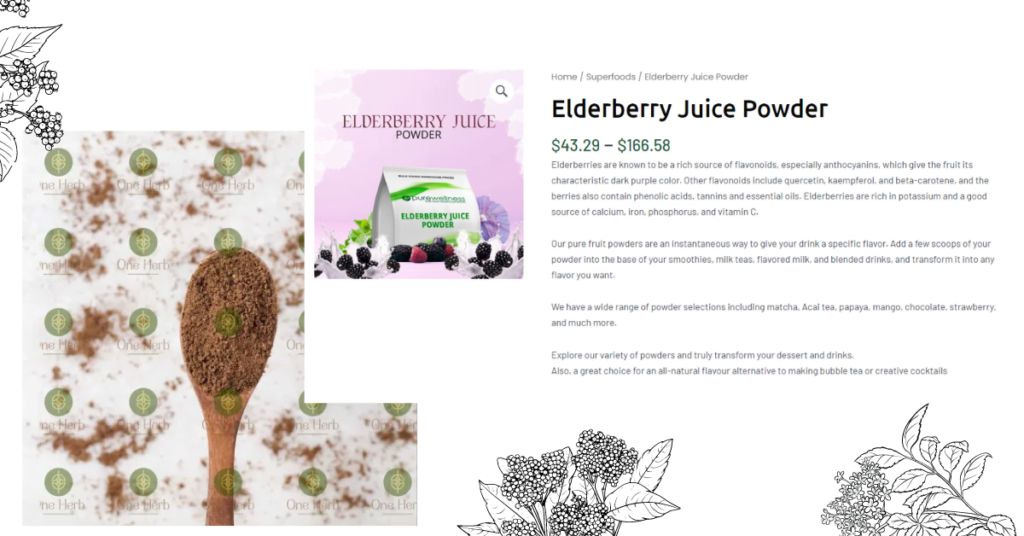 Market Prices and Distribution
Market Prices and Distribution
Frozen or dried elderberries can be sold directly to consumers or manufacturers of dietary supplements, food, and beverages.
Due to concerns about the toxicity of fresh elderberries and their quick spoilage, the market potential for fresh products is limited. Commercial producers must quickly process the berries on the farm or arrange off-farm processing to maintain product quality.
Although the elderberry market in Eastern European countries is not well developed, the potential benefits of commercial cultivation can be significant. Investing in advanced storage, drying, processing, and freezing technologies can capitalize on this niche opportunity.
The use of the site materials is free if there is a direct and open for search engines hyperlink to a specific publication of the East-Fruit.com website.




